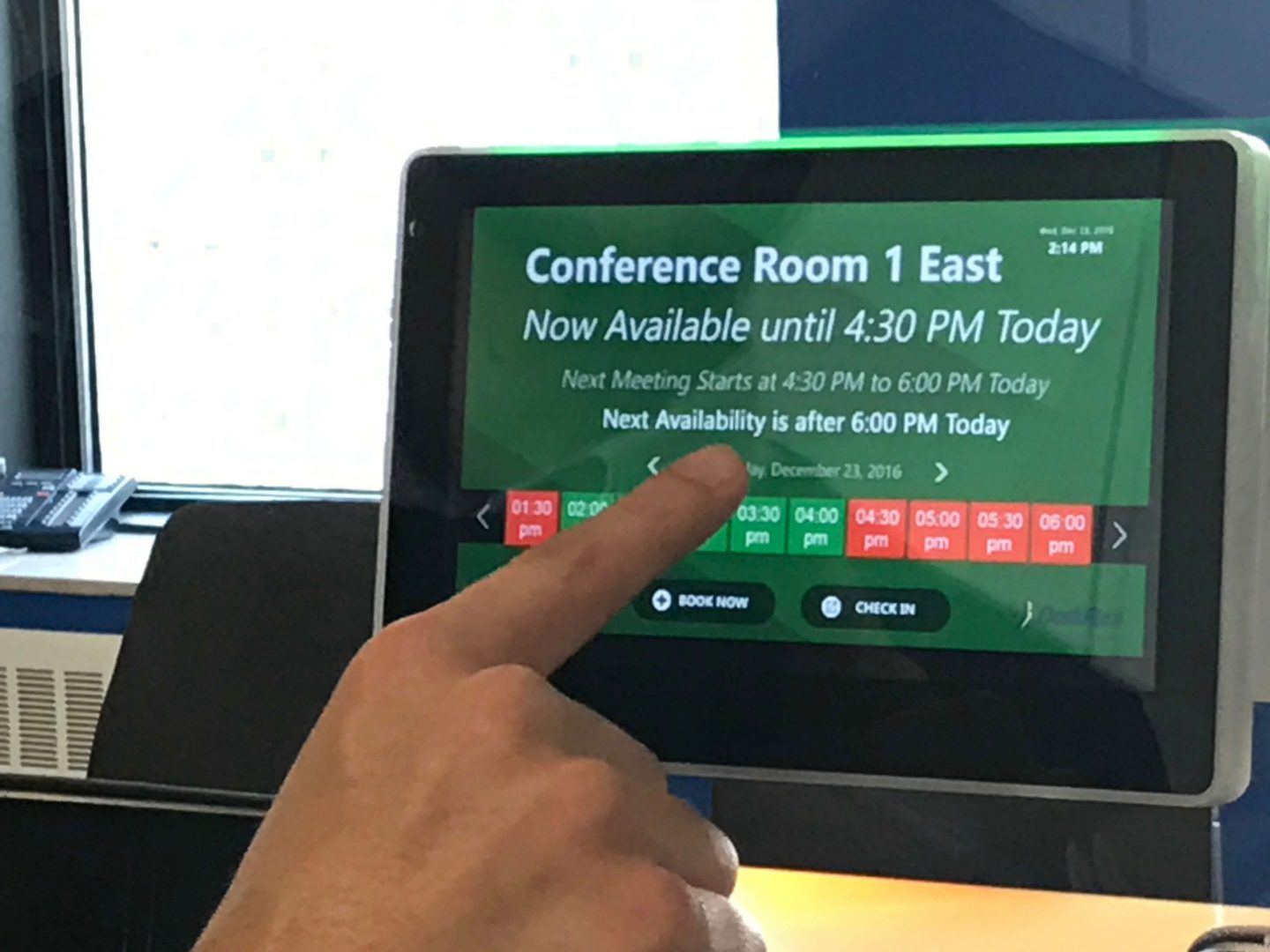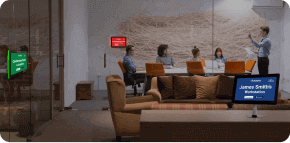Blog

Top workspace optimization trends to watch for and how your company can benefit from them
The workplace, as we know it today, is evolving. Everyday, there are new trends emerging that will change how facilities builders design, organize and manage workspaces. Given that employers are continually looking for opportunities to optimize their workspaces, here are three trends to look out for, and suggestions on how you can prepare your workplace to benefit from them.
1. Open concept workspaces
Open concept workspaces have now replaced glass offices, locked doors and corner rooms. Many CEOs, including the likes of Facebook’s CEO Mark Zuckerberg, Meg Whitman (of eBay and HP fame) and Virgin’s Sir Richard Branson are among those that prefer to occupy cubicles and open-space desks today.
One of the hallmarks of open concept workspaces is that individuals and teams congregate as and when needed, in productivity-boosting huddles; and then melt away to “do their own thing” immediately after. Given that the design of the open concept workplace looks to optimize collaboration and communication, how might employers and team managers leverage it to maximize workplace productivity?
Well, one way is to deploy FlexCubes around the open-space workplace to quickly identify vacant contiguous desks and seating that open concept workforces might use. These color-coded devices immediately alert teams of the status – booked, vacant, imminent availability – of open-floor resources. Teams can then rally around those seating spaces to do what they need to, and then disband once the group sessions have concluded.
2. Working remotely
The new face of the workforce is likely to be one, where familiar faces meet less frequently in-person at the office, and more regularly virtually from home or other remote locations. The work-from-home revolution was already underway prior to COVID-19, but the pandemic has entrenched that trend further. As employers see the tremendous benefits this trend offers, more of them will encourage their staff to embrace it.
However, this trend doesn’t mean an end to traditional office space. Instead, on-demand workspace, shared desks and flexible seating will become the order of the day. To support staff, who might occasionally (or on specific scheduled days) require at-office workspace, businesses are turning to powerful room booking systems. Because offices are likely to substantially reduce available workspaces, room booking and scheduling software helps optimize the use of available conference rooms, desks and cubicles.
3. Shared permanent workspaces
And while the work-from-home trend picks up, the permanent office is not likely to vanish. We’ll still see this trend highlighted in positions like front-line support, and other roles, like facilities maintenance or retail sales. In such areas, there will still be a core team of staff that must maintain physical presence at the office. At least for the majority of the work day.
But office space being at a premium, what can employers do to maximize permanent workspaces that are vacant. At least for part of the day? In such situations, permanent users can check-in at their designated desks and workstations using software designed for the purpose. However, when such users won’t be using those (scarce!) resources for any duration. They can release the space to the “available pool”, allowing others to use them.















































 Support
Support  Demo
Demo  Blog
Blog